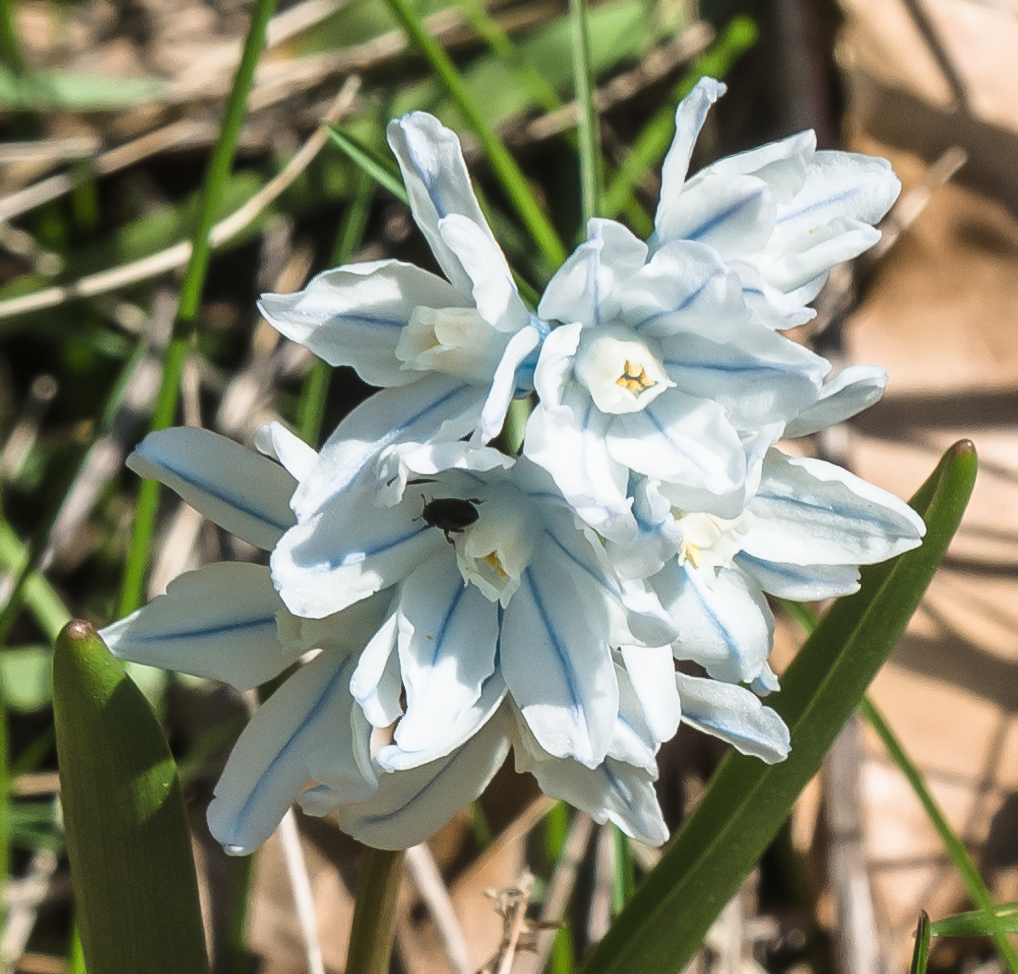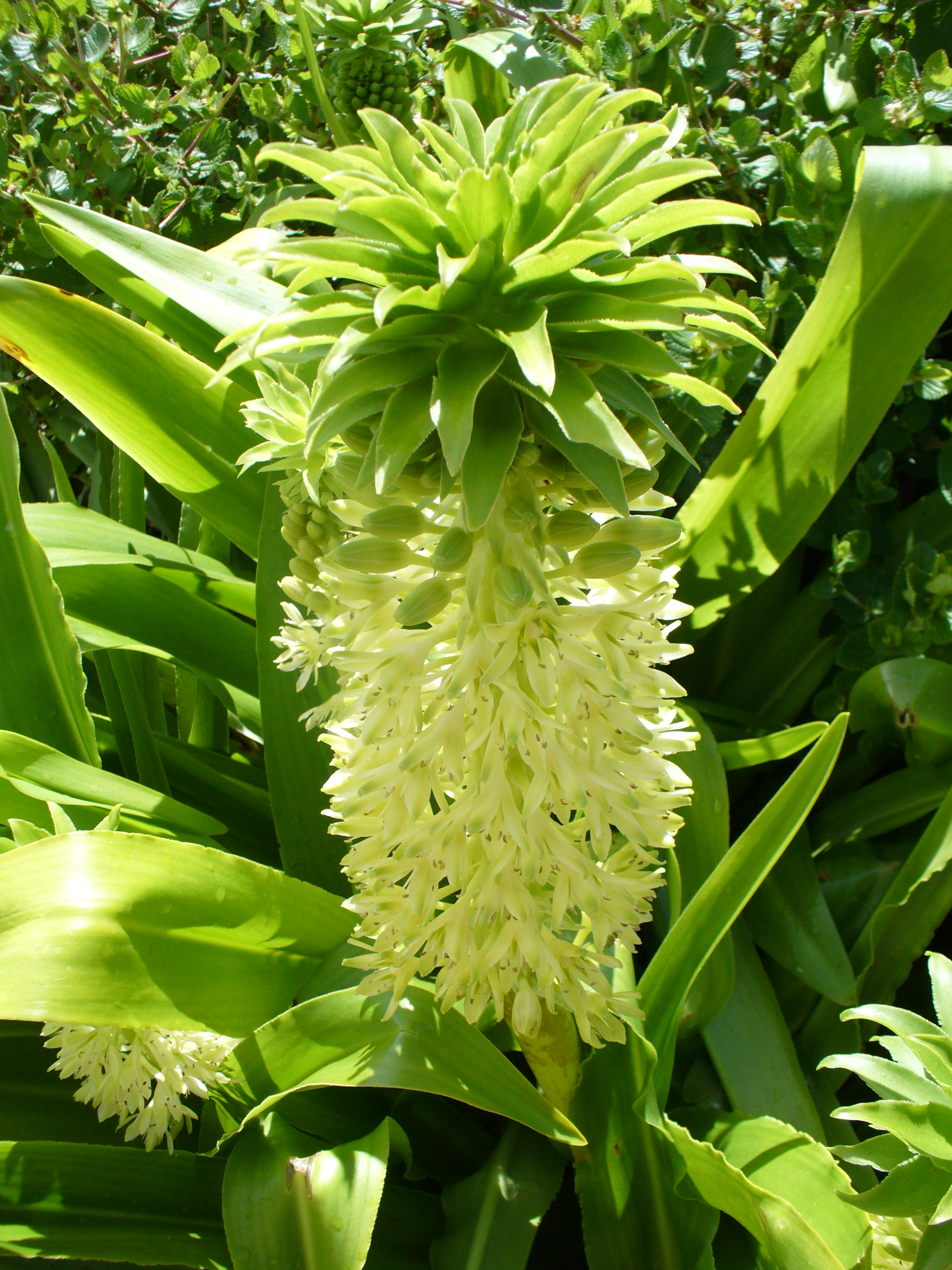|
Scilloideae
Scilloideae (named after the genus ''Scilla'', "squill") is a subfamily of bulbous plants within the family ''Asparagaceae''. Scilloideae is sometimes treated as a separate family Hyacinthaceae, named after the genus ''Hyacinth (plant), Hyacinthus''. Scilloideae or Hyacinthaceae include many familiar garden plants such as ''Hyacinth (plant), Hyacinthus'' (hyacinths), ''Hyacinthoides'' (bluebells), ''Muscari'' (grape hyacinths) and ''Scilla'' and ''Puschkinia'' (squills or scillas). Some are important as cut flowers. Scilloideae are distributed mostly in Mediterranean climates, including South Africa, Central Asia and South America. Their flowers have six tepals and six stamens with a Ovary (botany)#Superior ovary, superior ovary, which previously placed them within the Liliaceae, lily family (Liliaceae), and their leaves are fleshy, mucilage, mucilaginous, and arranged in a rosette (botany), basal rosette. The Scilloideae, like most lilioid monocot, lily-like monocots, were at one ... [...More Info...] [...Related Items...] OR: [Wikipedia] [Google] [Baidu] |
Asparagaceae
Asparagaceae (), known as the asparagus family, is a family of flowering plants, placed in the order Asparagales of the monocots. The family name is based on the edible garden asparagus, '' Asparagus officinalis''. This family includes both common garden plants as well as common houseplants. The garden plants include asparagus, yucca, bluebell, lily of the valley, and hosta, and the houseplants include snake plant, corn cane, spider plant, and plumosus fern. The Asparagaceae is a morphologically heterogenous family with the included species varying widely in their appearance and growth form. It has a cosmopolitan distribution, with genera and species contained in the family native to all continents except Antarctica. Taxonomy Early taxonomy The plant family Asparagaceae was first named, described, and published in Genera Plantarum in 1789 by the French botanist Antoine Laurent de Jussieu, who is particularly noted for his work in developing the concept of pl ... [...More Info...] [...Related Items...] OR: [Wikipedia] [Google] [Baidu] |
Galtonia
''Galtonia'' is a genus of plants in the family Asparagaceae, subfamily Scilloideae. Native to Southern Africa, the genus is named after Sir Francis Galton. According to some authorities it has been subsumed into ''Ornithogalum'' as a subgenus, while others prefer to keep it as a separate genus. Description These are large, vigorous perennial bulbous geophytes, with numerous wide (>5 cm) and large tapering glabrous leaves that ascend and sheathe the stem. The inflorescences are racemose, and conical or cylindrical, but sometimes corymbose. They bear nodding (rarely erect) flowers with fleshy white or greenish yellow tepals that are fused (rarely free) into a campanulate (bell like) tube that extends about half the length of the flower, but are never fragrant. The bracts are membranous and linear-acuminate, while bracteoles are absent. The pedicels are patent The Stamens, which are hidden amongst the perianth lobes where they are inserted at the base have ovate-acuminat ... [...More Info...] [...Related Items...] OR: [Wikipedia] [Google] [Baidu] |
Scilla
''Scilla'' () is a genus of about 30 to 80 species of bulb-forming perennial plant, perennial herbaceous plants in the family Asparagaceae, subfamily Scilloideae. Sometimes called the squills in English, they are native to woodlands, subalpine zone, subalpine meadows, and seashores throughout Europe, Africa and the Middle East. A few species are also naturalized in Australasia and North America. Their flowers are usually blue, but white, pink, and purple types are known; most flower in early spring, but a few are autumn-flowering. Several ''Scilla'' species are valued as Ornamental plant, ornamental garden plants. Taxonomy Species of ''Scilla'' have been known since classical antiquity, being described by both Greek (Theophrastus (371–287 BC) and Dioscorides, Discorides (40–90 AD)) and Roman (Pliny the Elder, Pliny (23–79 AD)) writers. Theophrastus described ''Scilla hyacinthoides'' (''skilla''), and more briefly ''Scilla autumnalis, S. autumnalis'' and ... [...More Info...] [...Related Items...] OR: [Wikipedia] [Google] [Baidu] |
Hyacinth (plant)
''Hyacinthus'' is a genus of bulbous herbs, and spring-blooming perennials. They are fragrant flowering plants in the family Asparagaceae, subfamily Scilloideae and are commonly called hyacinths (). The genus is native predominantly to the Eastern Mediterranean region from the south of Turkey to Northern Israel, although naturalized more widely. The name comes from Greek mythology: Hyacinth was killed by Zephyrus, the god of the west wind, jealous of his love for Apollo. He then transformed the drops of Hyacinth's blood into flowers. Several species of '' Brodiaea'', '' Scilla'', and other plants that have flower clusters borne along the stalk that were formerly classified in the Liliaceae family also have common names with the word "hyacinth" in them. Hyacinths should also not be confused with the genus ''Muscari'', which are commonly known as grape hyacinths. Description ''Hyacinthus'' grows from bulbs, each producing around 4-6 narrow untoothed leaves and 1-3 spikes ... [...More Info...] [...Related Items...] OR: [Wikipedia] [Google] [Baidu] |
Puschkinia
''Puschkinia'' is a genus of four known species of bulbous perennial plant, perennials in the family (biology), family Asparagaceae, subfamily Scilloideae. It is native to the Caucasus and the Middle East. ''Puschkinia scilloides'' is grown as an ornamental bulbous plant. Description The leaves are green, strap-like, and grow in pairs. The flowers are borne in early spring in racemes up to about high. The six tepals are joined at the base to form a tube to about half their length. Like members of the former genus ''Chionodoxa'' (now a Scilla sect. Chionodoxa, section of ''Scilla''), the bases of the stamens are flattened and closely clustered in the middle of the flower; however, unlike ''Chionodoxa'', they are joined to form a cup or corona. In the related genus ''Scilla'' (squills), the stamens are not joined together. Seeds are borne in three-parted capsule (fruit), capsules. After the seed ripens in early summer, the plants become dormancy, dormant until the next spring (seas ... [...More Info...] [...Related Items...] OR: [Wikipedia] [Google] [Baidu] |
Eucomis
''Eucomis'' is a genus of flowering plants in the family (biology), family Asparagaceae, subfamily Scilloideae, native to southern Africa. Most species of this genus are commonly referred to as pineapple flowers or pineapple lilies. They are bulbous perennial plant, perennials with basal rosettes of leaves and stout stems covered in star-shaped flowers with a tuft of green bracts at the top, superficially resembling a pineapple – hence the common names. Taxonomy The genus ''Eucomis'' was first published by Charles Louis L'Héritier de Brutelle, Charles L'Héritier in 1789. The name ''Eucomis'' is of Greek origin, ''eu-'' meaning "pleasing" and ''kome'' "hair of the head", thus referring to the tuft of leaf-like bracts that crown the inflorescence of the species in this genus. The name was first used by Daniel Solander, who decided that Carl Linnaeus, Linnaeus's ''Fritillaria regia'' should be placed in a separate genus. However, Solander died before publishing the name, and was ... [...More Info...] [...Related Items...] OR: [Wikipedia] [Google] [Baidu] |




